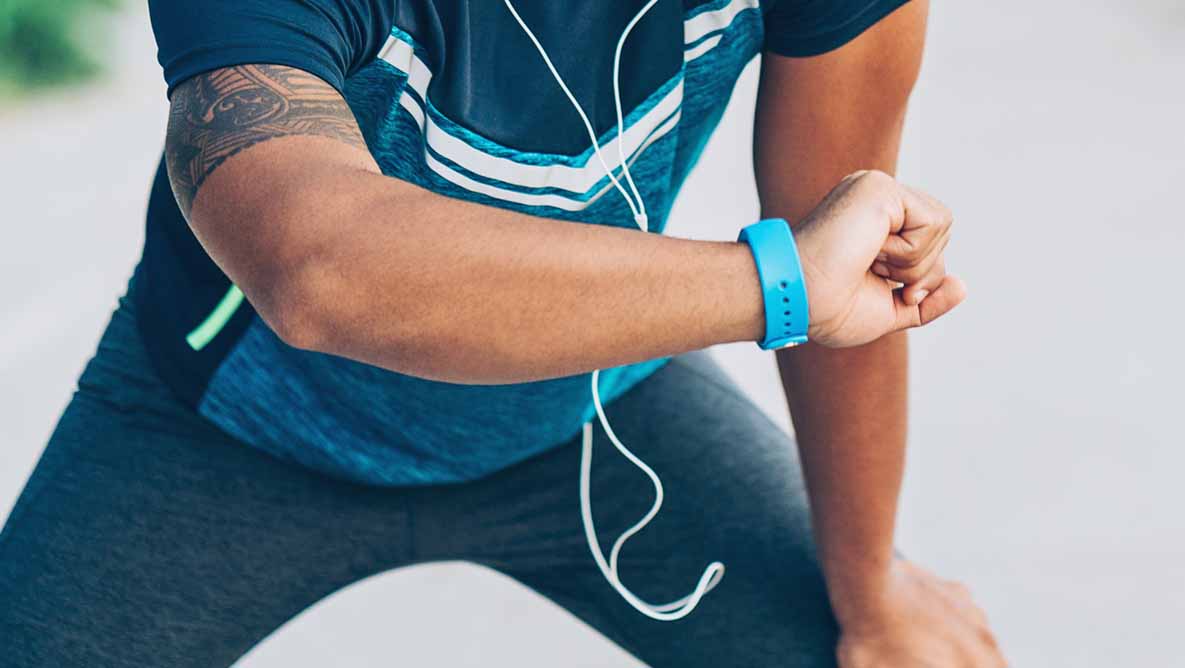Q | I keep hearing people talk about heart-rate variability. What is it, and why should I care?
A | Heart-rate variability (HRV) is the measure of the variation in time between your heartbeats.
Even if you have a resting heart rate of 60 beats per minute, that doesn’t mean there’s precisely one second between beats. The intervals could range from a half-second to as long as two seconds. To get a quick glimpse of this variability, monitor your pulse as you breathe: You’ll notice that when you inhale, your heart rate speeds up a bit, and when you exhale, it slows.
HRV has been used in medicine since the 1960s as a measure of heart health. More recently, it’s gained popularity as a form of biofeedback (see below for other forms) — an indicator of your body’s condition and how ready you are to work out.
To measure your HRV and find your personal baseline, you’ll need a monitor and receiver, such as ithlete or BioForce, apps that are available for the iPhone. Upon waking, put the heart-rate monitor in place, sit or lie still, and breathe normally for one to five minutes.
The equipment will tell you whether you have high or low HRV compared with your baseline.
The greater your HRV, the fitter you are and the more primed you are to train. Low HRV can be a sign that you are out of shape, or it might be a byproduct of stress, lack of sleep, illness, or a too- intense exercise regimen.
If you’re fit, but your heart-rate variability is reduced, it could be a sign that you’ve been overdoing it. “Take the time you need to rest and recover, and delay the addition of new stresses,” advises Fabio Comana, faculty instructor for the National Academy of Sports Medicine.
And if you’re out of shape? As your fitness improves, your HRV will improve as well.
See the chart below or visit “Intuitive Training for Fitness” to learn more about other forms of biofeedback.
Monitoring heart-rate variability isn’t the only way to tell whether to make it a high-, medium-, or low-intensity day in the gym. Try these alternative biofeedback tests before your next workout for a quick, equipment-free assessment.
| What It Is | How To Do It | What It Means | |
| Broad Jump | A measure of distance jumped forward |
|
If you’re 4 inches or more below your average jump, make it an easy day. (Determine your average over a period of five sessions.)
|
| Range of Motion (ROM) Test | A test of the ROM of your hamstrings and lower back |
|
Test your range of motion throughout your workout. If it improves, continue full steam ahead. If not, try a different exercise or call it a day. |



This Post Has One Comment
[…] sleep, stress management, or excessive screen time. Get an app that tracks these metrics (heart-rate variability, trackable on numerous apps, is a good indicator of stress) and see if you can improve them for 30 […]